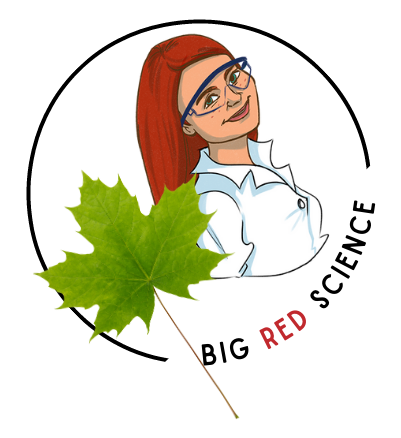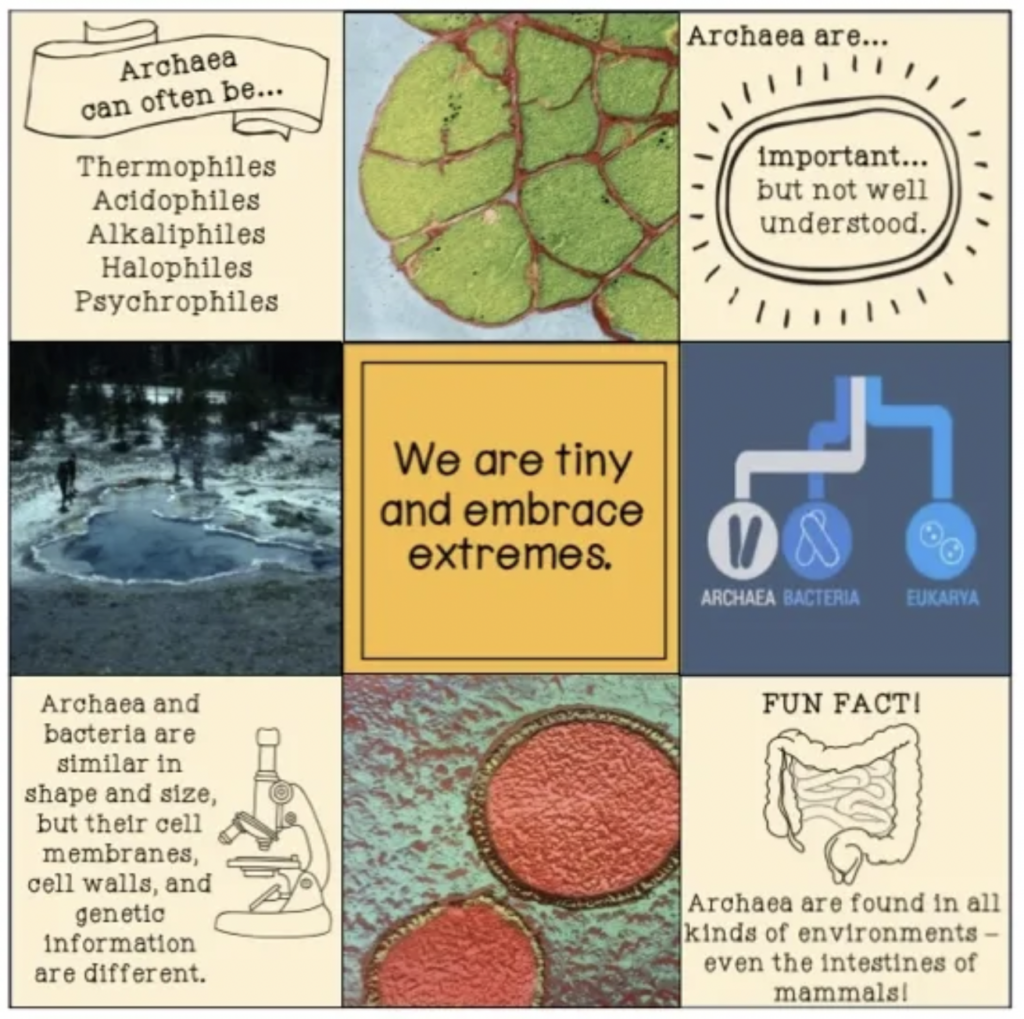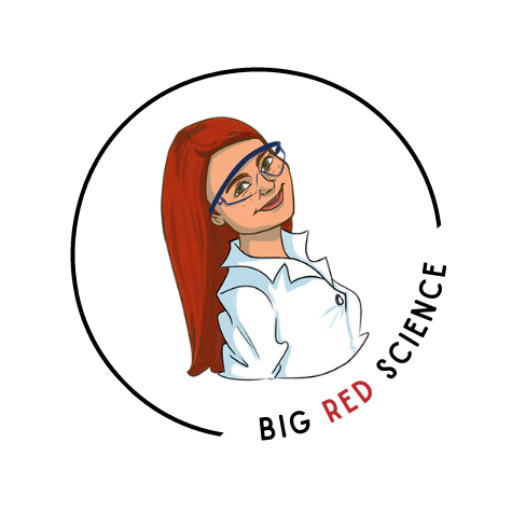Do you have a topic that you’ve taught year after year, but you’ve never been totally satisfied with the delivery? Like it’s fine, which is why you’ve done it the same way for a while, but you’ve always kind of groaned inwardly when it comes up because you know it’s not the best you can do?
For me, that’s been the topic of classification and taxonomy in biology. Specifically, the 6 kingdoms. It’s required in my course for students to be able to describe the characteristics of the 6 kingdoms. This learning objective can be either very vague or ridiculously detailed.
So I’ve struggled with it!
But the weird thing is that I find taxonomy and biodiversity totally interesting.
This topic should be AWESOME, but I was still finding myself resorting to having students research a kingdom, give a brief presentation, and contribute to a shared class document. It was fine, but it needed something more.
So this year, I’m sprucing it up!
Enter: my Taxonomy Instagram Activity!
I’ve made an exemplar using the Domain Archaea, which I’ll use in my descriptions.

Each student picks a domain, kingdom, or phylum out of a hat and is responsible for making an Instagram profile for their selected taxon. There are 3 main components to this activity, and I guide students through them with my exemplar while teaching them about archaea.
Part 1: Account Details, Profile Picture, and Biography
First of all, students come up with an account name. It can be fun, but it needs to be obvious what their taxon is. I went with ancient.domain.archaea.
For the profile pic, students can opt to design a logo or else select a photo they believe to be representative of their taxon.
For the biography details, I gave an outline (with emojis!) of the required information. The editable version that they’re given to work from looks like this:

My completed archaea biography section looks like this:

Part 2: Photo Spread
We all know Insta is all about the photos! Each student needs to create a spread of 9 squares, BUT I include some extra stipulations here.
First, everyone’s central photo needs to be a 6 word memoir. This means that they need to imagine themselves as an organism in their taxon, and they need to describe their lives in 6 words.
My archaea 6 word memoir is:

Then, of the other eight squares available, I ask that half of them are short facts and the other half are photos that pertain to their taxon. They have flexibility in what that means for them.

Part 3: Captions and Referencing
I spent a lot of time thinking about the best way to include captions.
I sacrificed captions in the actual one-page poster since the facts serve to provide direct information about the taxon. However, I still wanted them to provide descriptions of the pictures and also reference their work correctly. The table in the following pages allows that to happen.
They have to fill in a table that captions and uses APA referencing for each square. I also include a “Quick Referencing Guide” for them to refer to:

That’s it! I’m super happy with it! If you’d like to use this with your class, you can check it out here!
This is a perfect project to compile student work and create a killer bulletin board. I’m also collecting them digitally and will use their work to guide some lecture and discussion of each taxon.
There are other fun options available as well, including having students present, create a gallery walk, using the content to complete a graphic organizer, or having students present screencasts of their work and compiling the videos in a folder for access.
But one thing is for sure – this is WAY more engaging than my old way of introducing this content!
Scientifically yours,
Mo
Are you an ONTARIO SCIENCE TEACHER?
Me too! Click here if you’d like some specific science content that’s aligned to the Ontario curriculum, Growing Success, and all that as, of, for jazz that we know and love! (I promise you won’t be overloaded with emails!)
Interested in weekly science teaching tips? Click here!
Interested in other blog posts? Check out:
My Favorite Twist on a Research Project
A Simple Routine to Promote Reflection and Positive Relationships
Using YouTube for an Alternative Bell Ringer
My Top 5 Movies for the Science Classroom
My Favorite Way to Start the Science School Year
My Favorite Way to Review Vocabulary in High School Science
An Unexpected Way to Foster Positivity in the Classroom
March Mammal Madness: What’s all the hype about?
The Top 23 Teaching Interview Questions
Using Case Studies in the Science Classroom



